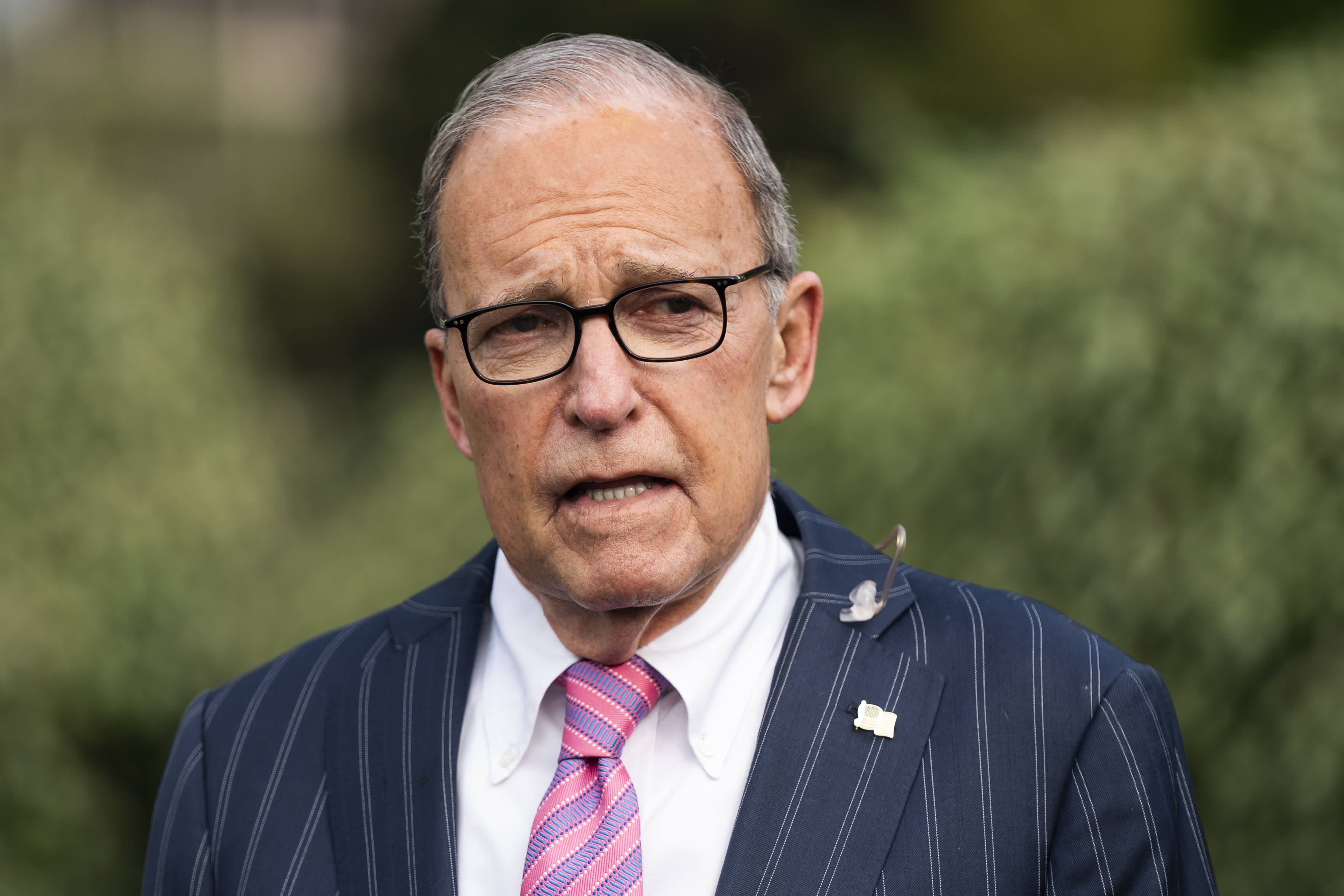The savings rate hits 33%
EDITOR'S NOTE
April will go down as one of the strangest months in U.S. history.
We just learned this morning that the personal savings rate last month jumped to 33%. Thirty-three percent!! Remember back when the negative personal savings rate was a huge topic of national conversation? Well, the savings rate has actually been much higher of late, running above 6% since the Great Recession and lately in the 7-8% range.
But 33% is something else entirely. What happened? Personal income jumped over 10% from March (to put that leap into perspective, that's a 120% annualized gain). And here's the thing: that was decidedly not what economists expected. The consensus was for income to fall 6%, because of job and work losses due to the pandemic and shutdowns.
And indeed, that happened; wages and salaries plunged 8% in the month, but that was more than offset, as Capital Economics noted, by a 90% jump in transfers from the government; in other words, all of those relief checks to households that were sent out.
We've been hearing anecdotally that the funds bolstered millions of Americans' checking accounts. Bank of America CEO Brian Moynihan on Squawk Box yesterday said that people with less than $5,000 in their checking accounts have seen their balances surge 30-40% over the past 12 weeks, almost certainly thanks to the relief funds.
And, as CNBC reported last week, increasing savings was reportedly the #1 most common use for the relief funds across every income bracket except the highest earners (>$150,000), who used them to pay down debt.
Now, critics will say this shows the relief funds were too generous or unnecessary. I'd say, not so fast. Why not trust consumers who think they need more savings for the uncertain economy over the next year or so? What about people who still have a job or can collect unemployment for now, but might lose that income later this year, or early next year?
For sure, if the intent was to get the funds into the economy as quickly as possible, this was not the most effective approach. In that sense, the highly criticized PPP small business relief plan has at least gotten more than $550 billion into the economy. From what I can tell, the household relief checks cost around $220 billion, so if by rough proxy we say a third of that was saved, we're talking about $150 billion into the economy.
(I mention all this because it goes back to the Thomas Massie option, which was to give out all of the $2 trillion in Covid-19 relief to households directly.)
That extra savings could also be a good sign for the economic recovery. If people do manage to hang onto their jobs, or find new ones, they will ultimately feel better spending those funds down the road. The "new normal" savings rate may well be even higher now. But it won't be 33%.
Still, the scars from Covid could last for some time. The University of Michigan consumer sentiment report this morning softened for the back half of May, and future expectations dropped four points to the lowest reading since 2013. Concern about higher food prices understandably seems to be playing a role, as Peter Boockvar pointed out; inflation expectations have also jumped by about a point to over 3%. Meanwhile, income expectations have fallen.
A relief plan that pads household savings right now isn't the worst idea.
See you at 1 p.m! Oh, and Rapid Fire is back... :-)
Kelly
P.S. The Exchange is now a podcast! Click to subscribe.
KEY STORIES
IN CASE YOU MISSED IT
| |||||||||||||||||||||||||||||||||||||||||||||||||||||||||||||||||||||||||||||||||||||||||||||||||||||||||||||||||||||||||||||||||||||||||||||||||||||||||||||||||||||||||||||||||||







Post a Comment